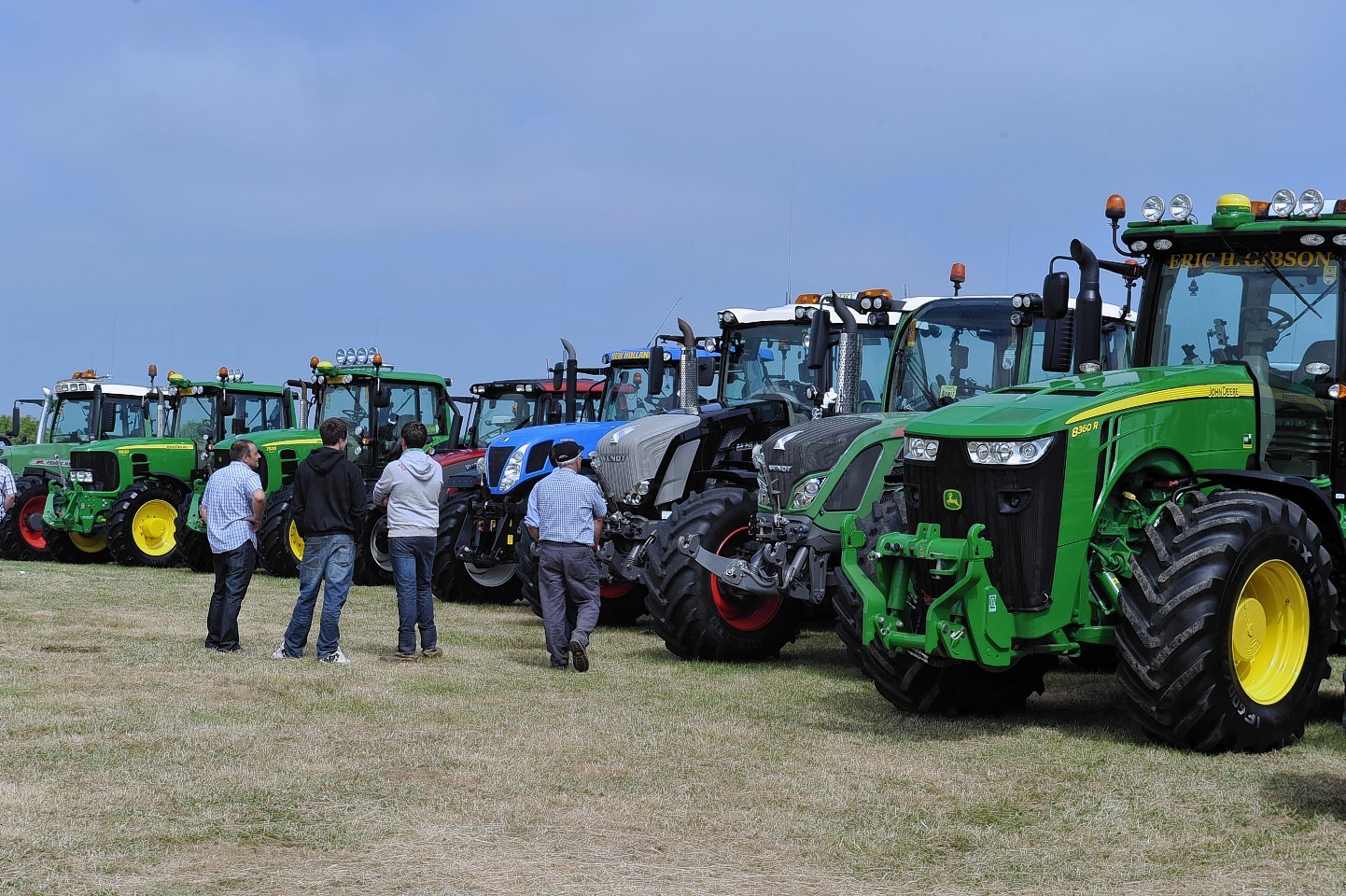Machinery dealers are continuing to feel the brunt of lower farming spending, according to the Agricultural Engineers Association (AEA).
Data from the organisation suggests British farmers spent around £1.9billion on farm machinery last year.
However, estimates for the first half of this year suggest spending is down 10% on the same period in 2014.
The main indicator of farm machinery buying activity is tractor sales.
AEA figures state Scots farmers bought 748 new tractors, over 50 horsepower (hp), in the first six months of the year. This is down 9.2% on the same period last year when 824 tractors were bought.
Overall, Scottish sales represented 12.5% of total UK sales which fell 14.1% in the period to 5,964, from 6,942 previously.
The region to show the biggest drop in sales was Northern Ireland, with registrations down 34.5% to 270, while the Home Counties and London region experienced a 24.7% increase in registrations to 288.
Registrations of all tractor power ranges, with the exception of those at 241 hp or over, fell in the first half of the year.
The AEA said total tractor power sold in the first six months of the year was 921,000 hp, which represents a decrease of 12.5% on the same period last year.
However, the average size of unit bought was 154.4hp – up 1.8% on previously.
Sales of combine harvesters in the current seasonal year, which runs from September to August, are likely to be down 20% to 600-650 units.
However, sales of self-propelled forage harvesters in the seasonal year are likely to be up slightly to 170 units.
The AEA said: “With a few exceptions, such as forage harvesters and trailed sprayers, most products are lower than they were a year ago with the grassland equipment faring a little bit better than arable.
“The single prominent factor restraining sales of equipment is the build-up of unsold used kit in dealers’ yards. Whilst domestic demand for traded-in equipment is not strong, the real problem relates to the lack of export demand which has been exacerbated by that strength of sterling against the euro.
“At this time the expectations for the second half year are for conditions to remain subdued, but when compared with last year the percentage drift is likely to be lower.”
